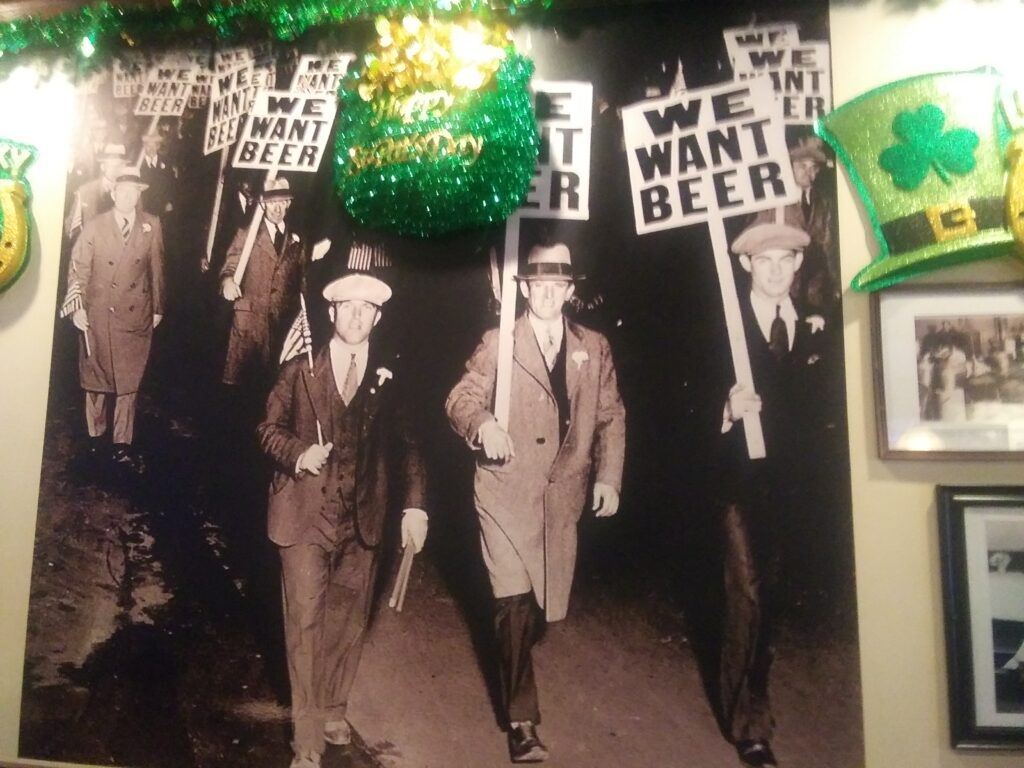A week before I planned to visit the The Art Institute of Chicago to view the exhibit Salvador Dalí: The Image Disappears I messaged Ashley who lives downtown but also loves art as much asI do. We have very similar tastes and I knew that if she hadn’t already seen the exhibit and she was available I’d have no problem in having her join me. I don’t know a whole lot of other peple nearby who enjoy such things. On Saturday morning March 18th we met off of Adams and Michigan at Potbelly across from the museum and viewed a very long line of people lined up to go inside. It was wind and cold, Ash was hungry and we stayed inside till the line disappeared, which didn’t take long.
As I didn’t read anything about the collection they were presenting I was expecting something the size of the Warhol exhibit I have seen in November of 2019.
I was wrong.

During the pivotal decade of the 1930s, Salvador Dalí emerged as the inventor of his own personal brand of Surrealism.
This exhibition—the first devoted to the Spanish Surrealist at the Art Institute—presents more than 30 paintings, drawings, photos, and surrealist objects, as well as a rich selection of printed matter, books, and artists ephemera to explore this critical period, considering Dalí’s work in light of two defining, if contradictory, impulses: an immense desire for visibility and the urge to disappear.
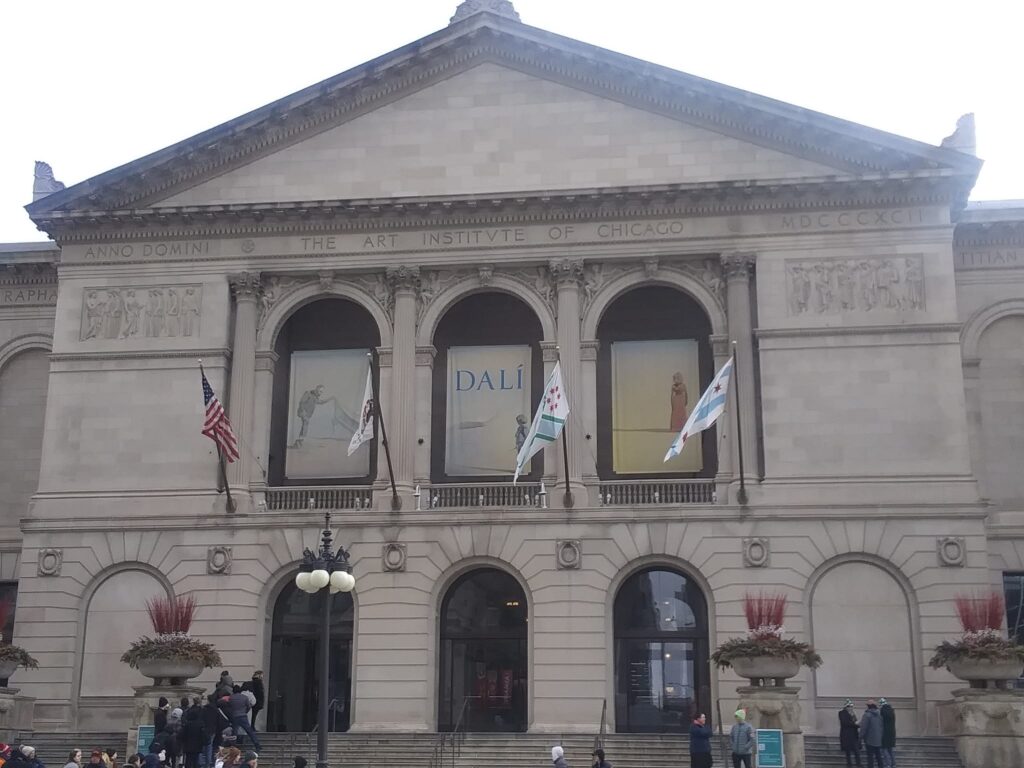

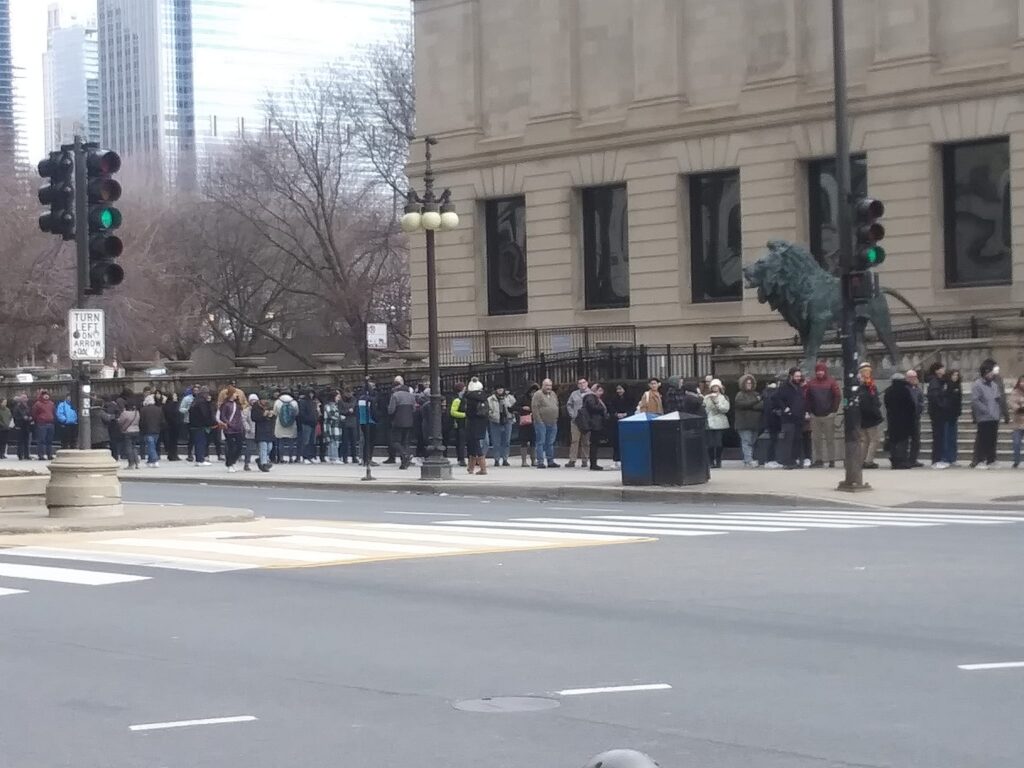

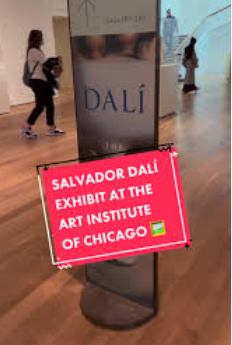
It wasn’t till we got a text that it was now time for us to join that line and we were inside of one long extended room that I realized everything on display w s from the 1930’s.
One thing I had hoped to see was Dali’s surrealist presentation of the crucifixion, was painted in 1954. It’s where Christ levitates above a geometric figure known as a tesseract, the four-dimensional convex polytope emphasizing Dalí’s consistent engagement with nuclear science, mathematics and metaphysics. I learned of this in art history but have only seen it in books. The piece is at once arresting and provocative, without being blasphemous in any way. While at the museum I received a message from Thomas Thorn founder and singer of the Electric Hellfire Club.
He wrote:
“I liked the Dali in St Pete more when it was a private museum – rich guy’s collection he built a museum for. The new one is fancy but was super-crowded and just sort of good but not crazy spectacular. In the old one they had one of the Bibles he did open to a green-faced portrait of Lucifer I’ve never been able to find. I even paid a $100 for a used copy of Dali’s Bible but it wasn’t in there.”
“The diversity of the collection in St Pete makes it worth the visit though.”
“There’s only one – they just created an foundation and built a fancy new building for the collection. I just liked the old one better.”
The photos that follow are from the camera on my phone which isn’t fancy, and these are only a reprentation of my visit and not to impress you dear reader.
Declaration of the Independence of the Imagination and the Rights of Man to His Own Madness
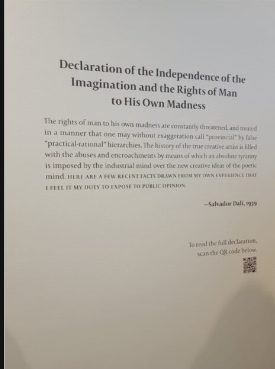
Read Dali’s Manifesto at the link below:
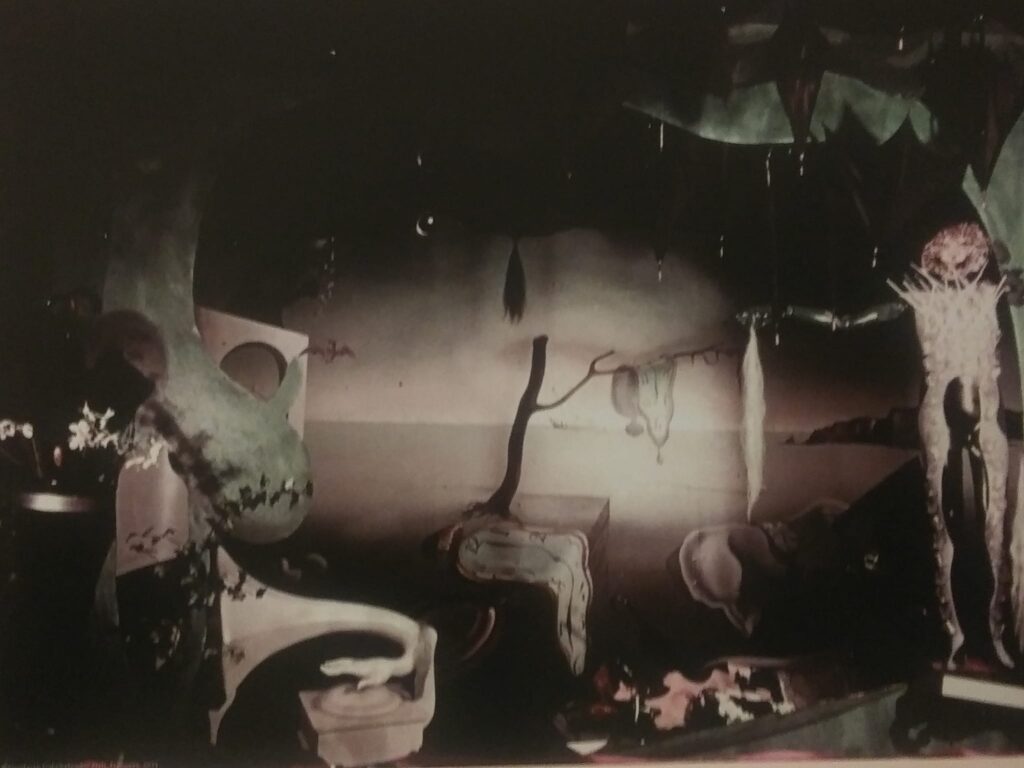



We were through the Dali collection in approximately 30 minutes and we had time to view some other collections I hadn’t ever had the chance to visit in the past. This is where thigs got a lot more interactive and fun.
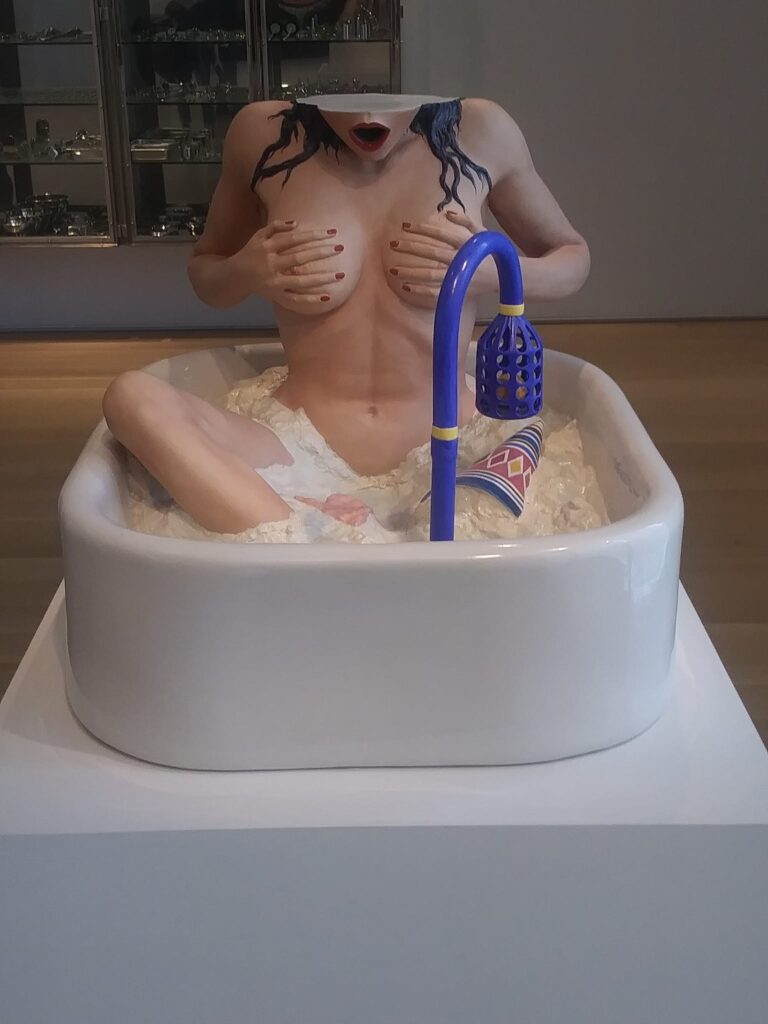

Ashley was taking to some rooms she considered “creepy” which of course would become my favorite.
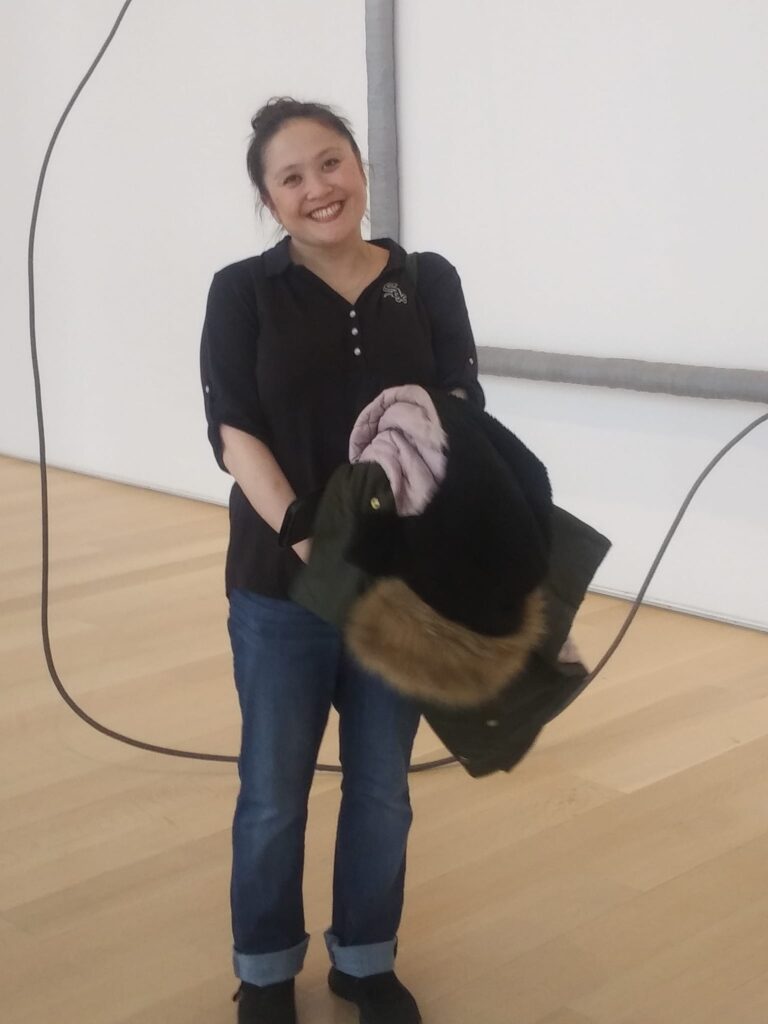
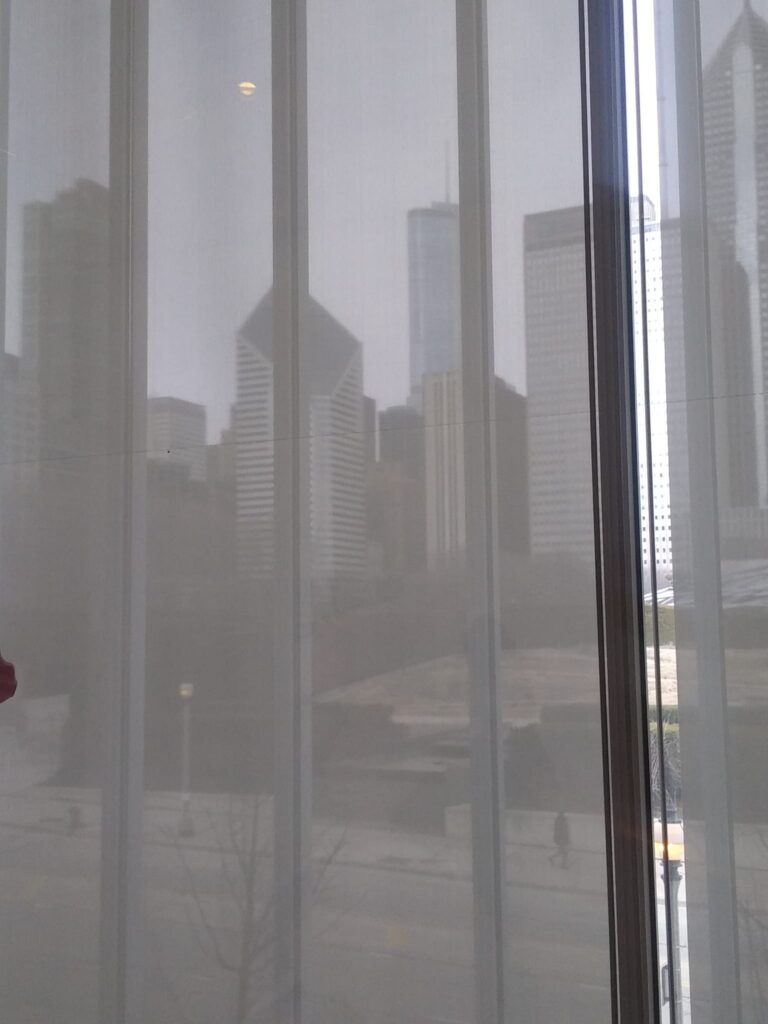
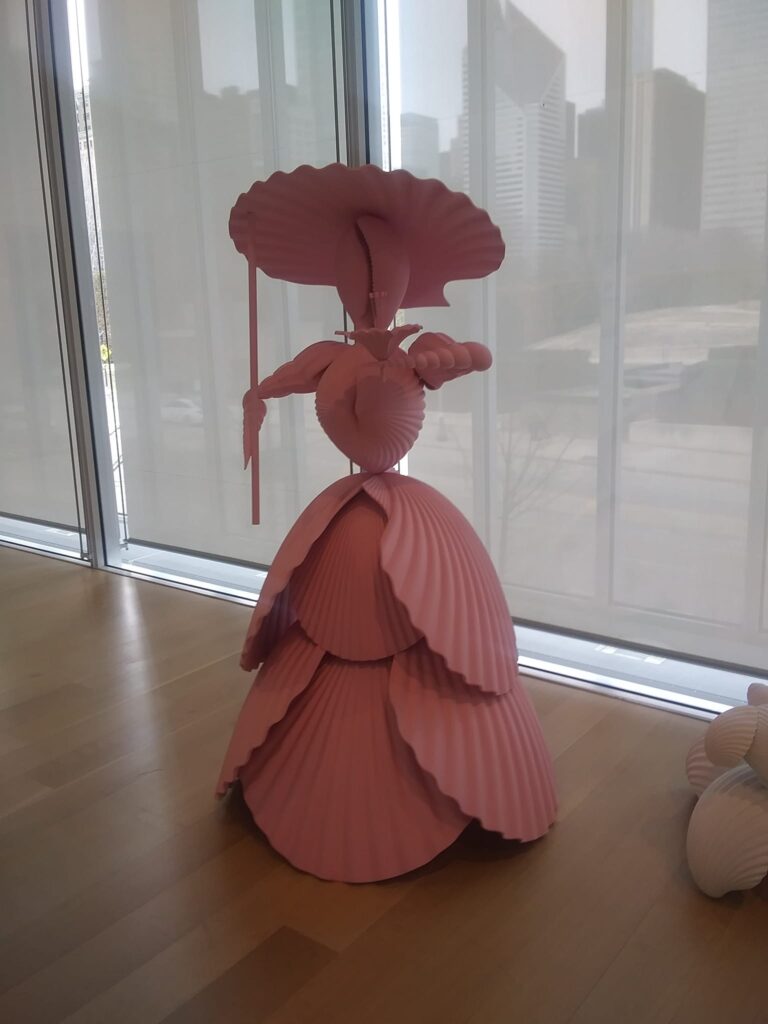
Look at the creepy Ginger kid
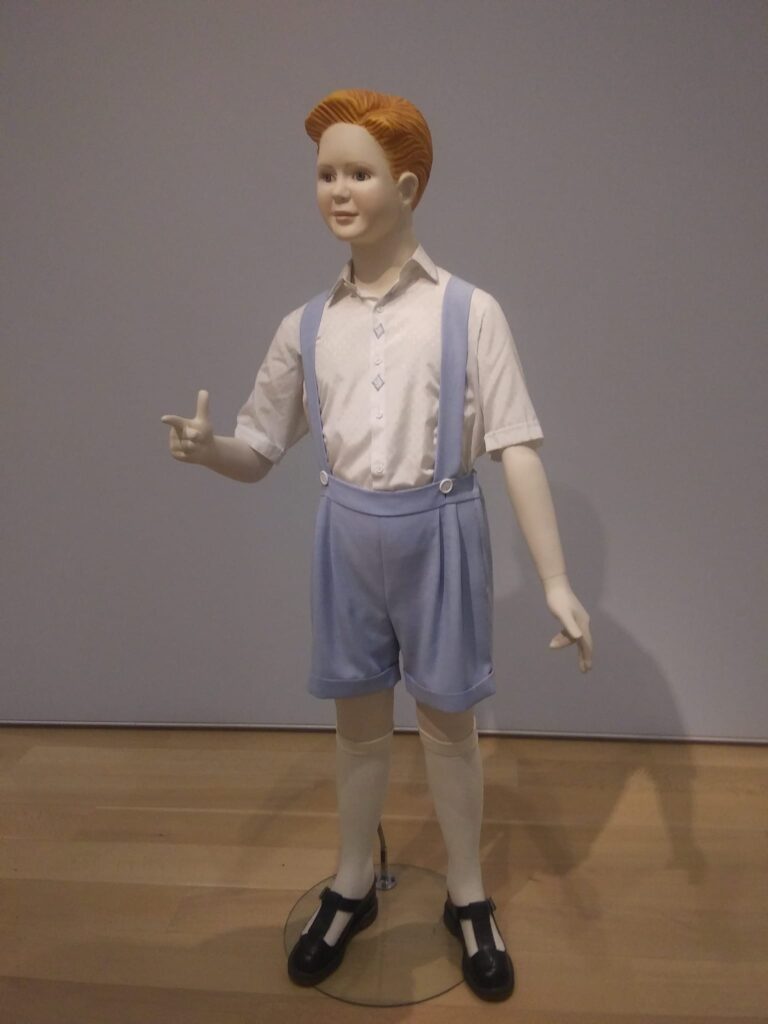
It was then that I discovered the works of Cindy Sherman

“I wish I could treat every day
as Halloween, and get dressed
up and go out into the world
as some eccentric character.”
Cindy Sherman
Cynthia Morris Sherman (born January 19, 1954) is an American artist whose work consists primarily of photographic self-portraits, depicting herself in many different contexts and as various imagined characters.
Her breakthrough work is often considered to be the collected Untitled Film Stills, a series of 70 black-and-white photographs of herself evoking typical female roles in performance media (especially arthouse films and popular B-movies). In the 1980s, she used color film and large prints, and focused more on costume, lighting and facial expression.
Sherman works in series, typically photographing herself in a range of costumes. To create her photographs, Sherman shoots alone in her studio, assuming multiple roles as author, director, make-up artist, hairstylist, wardrobe mistress, and model.
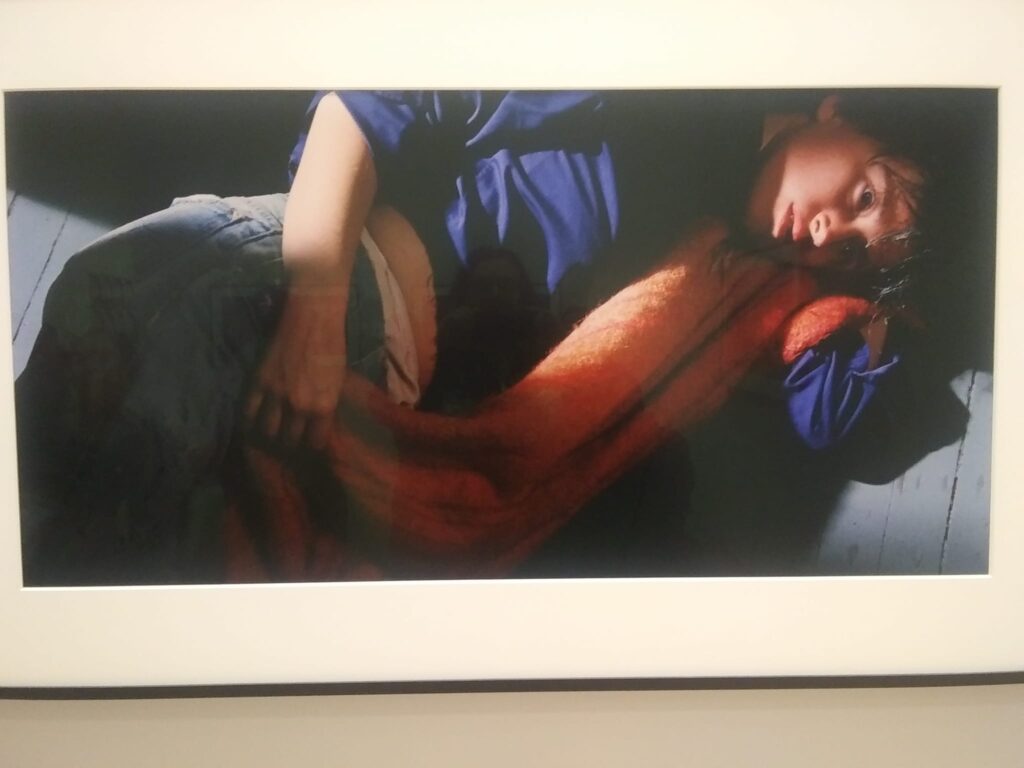
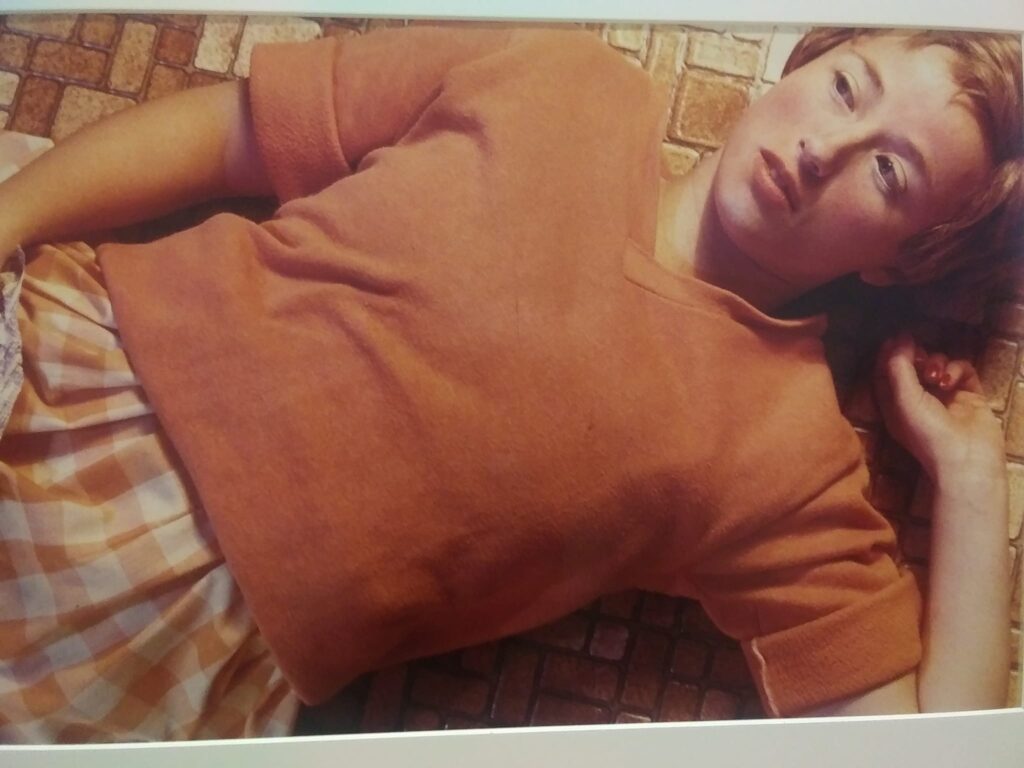

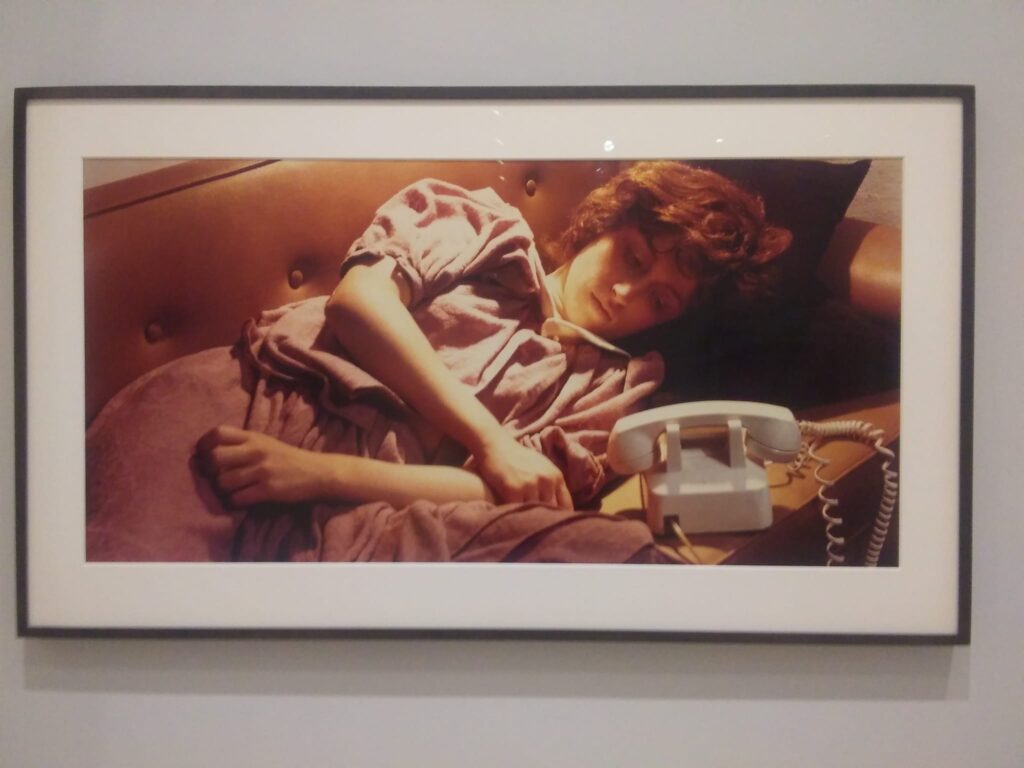
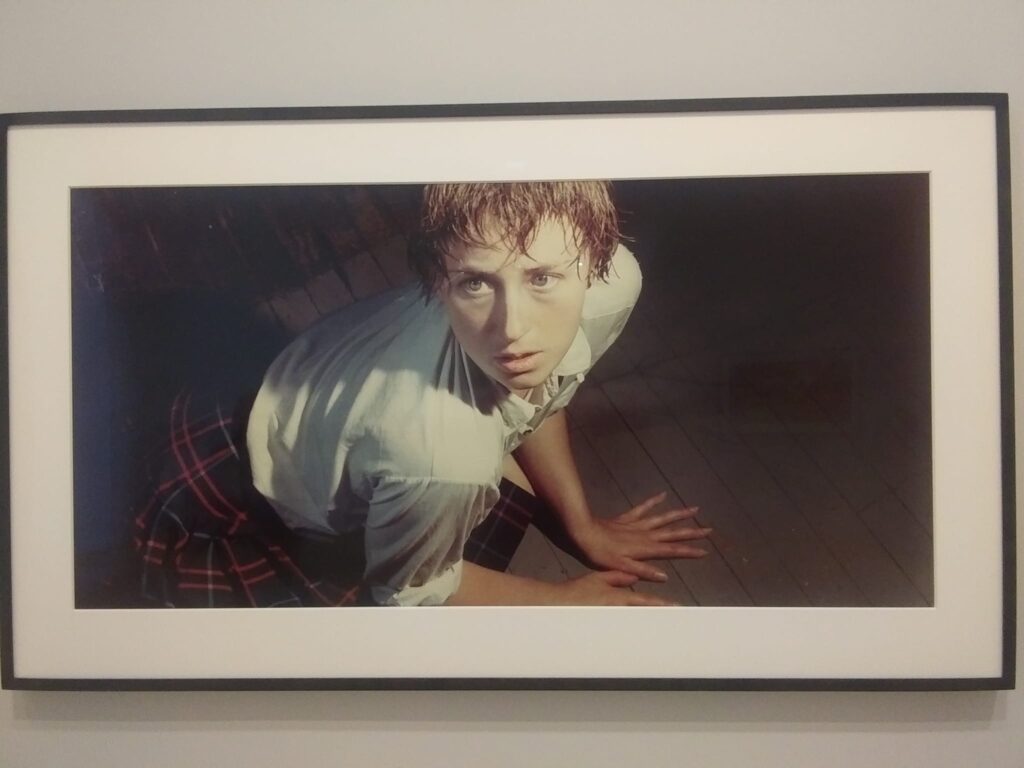


Needless to say I will continue to explore her catalogue of work as I greatly appreciate her eye.
We continued our fun tour
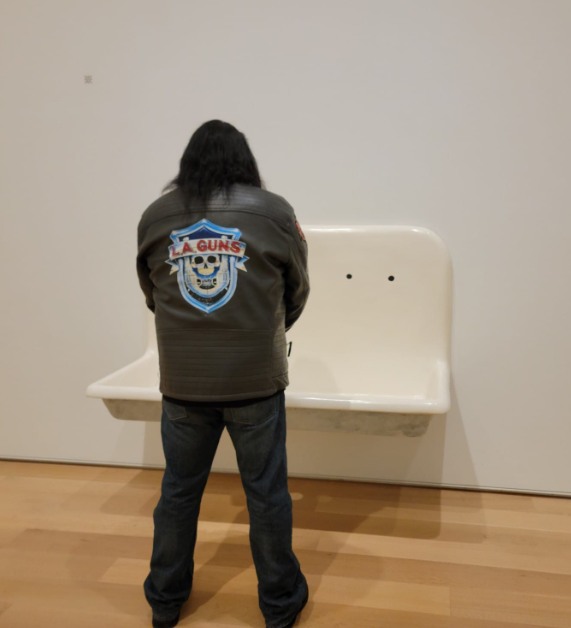
The security guard cracked up.

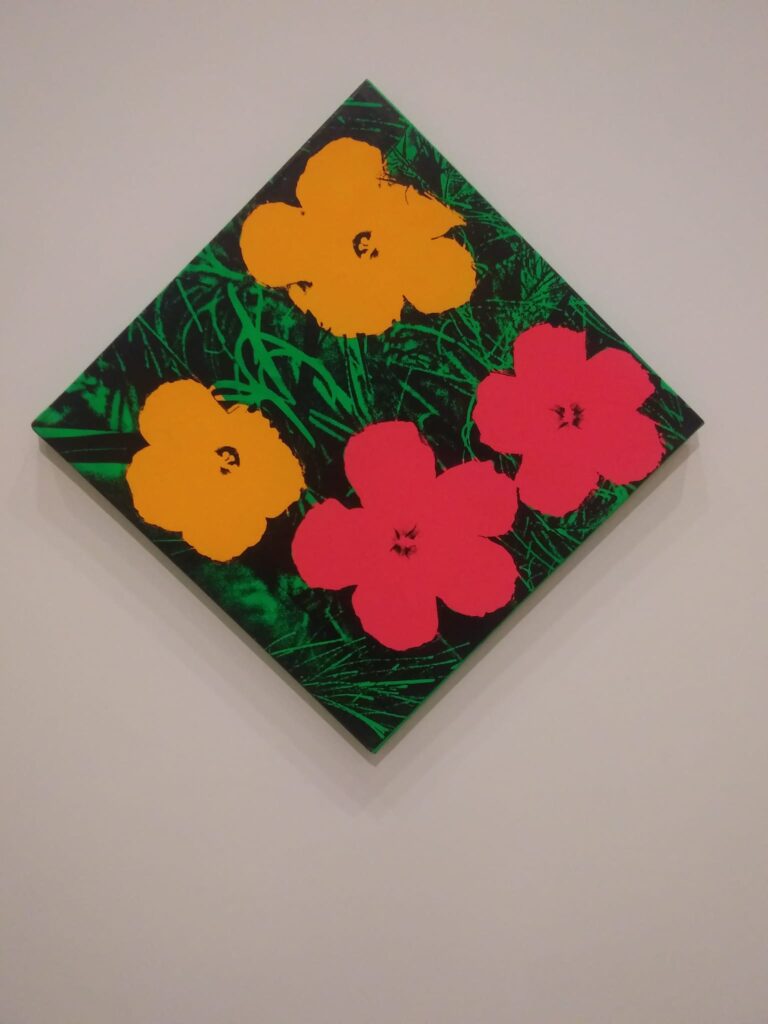
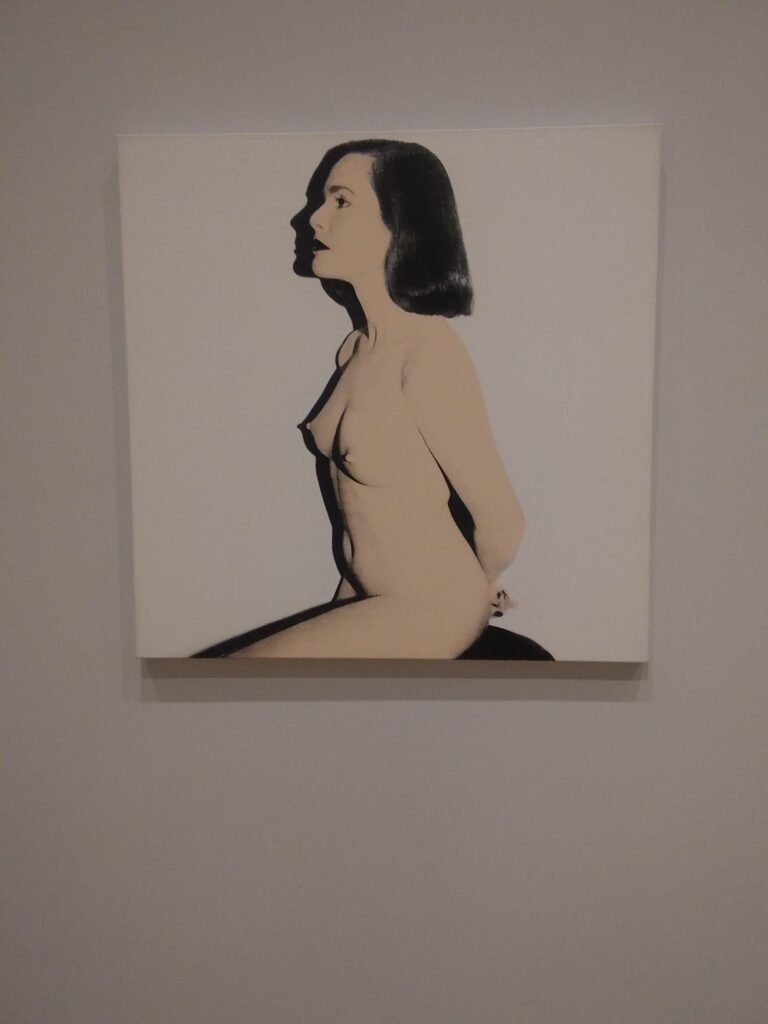
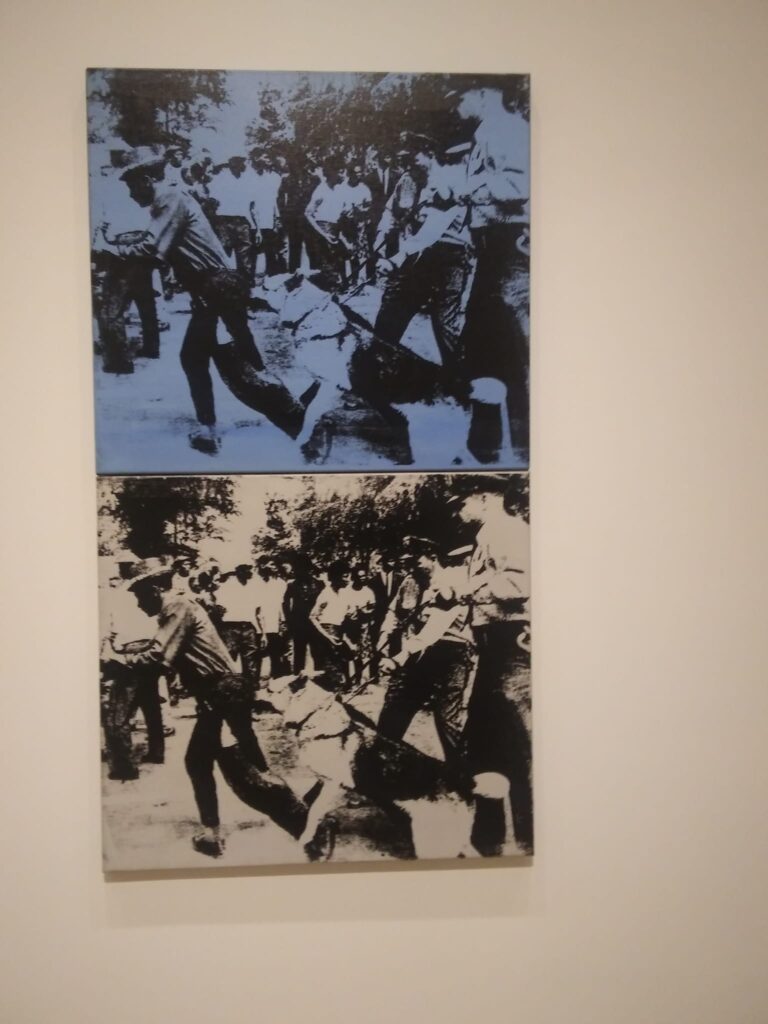
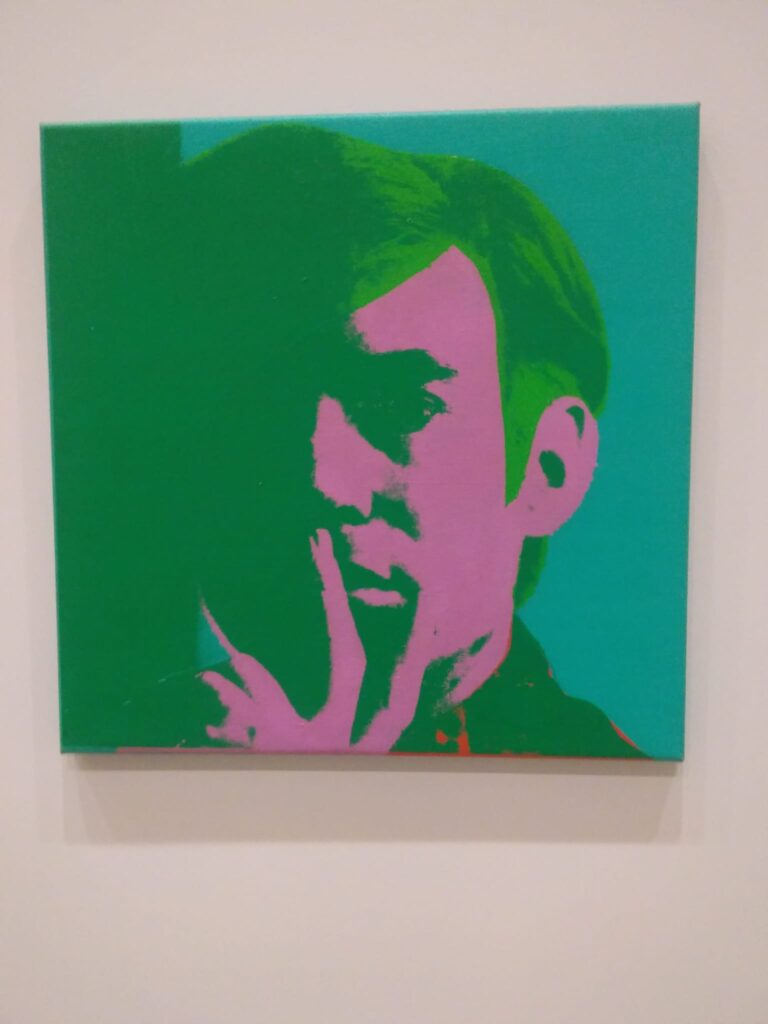
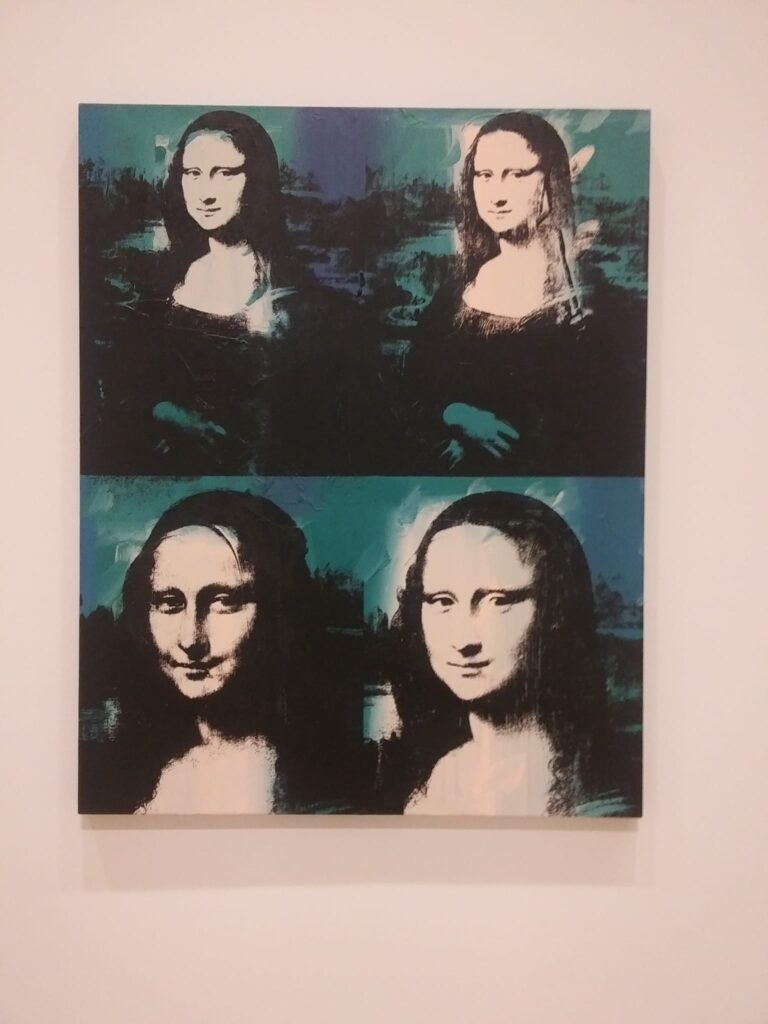
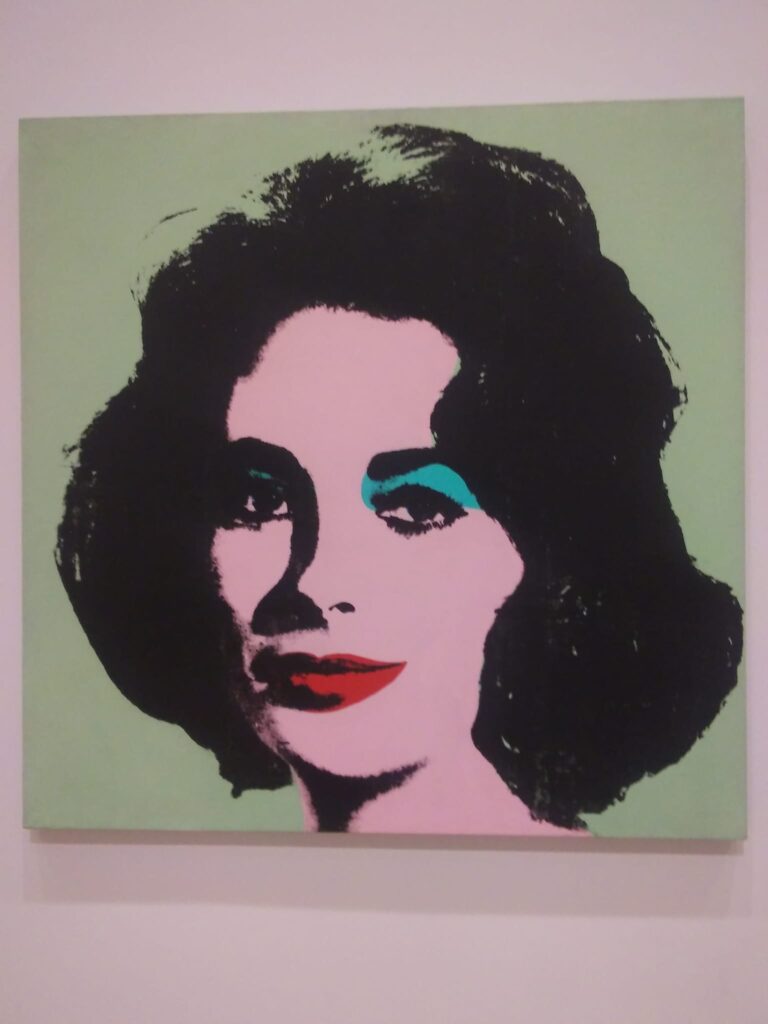

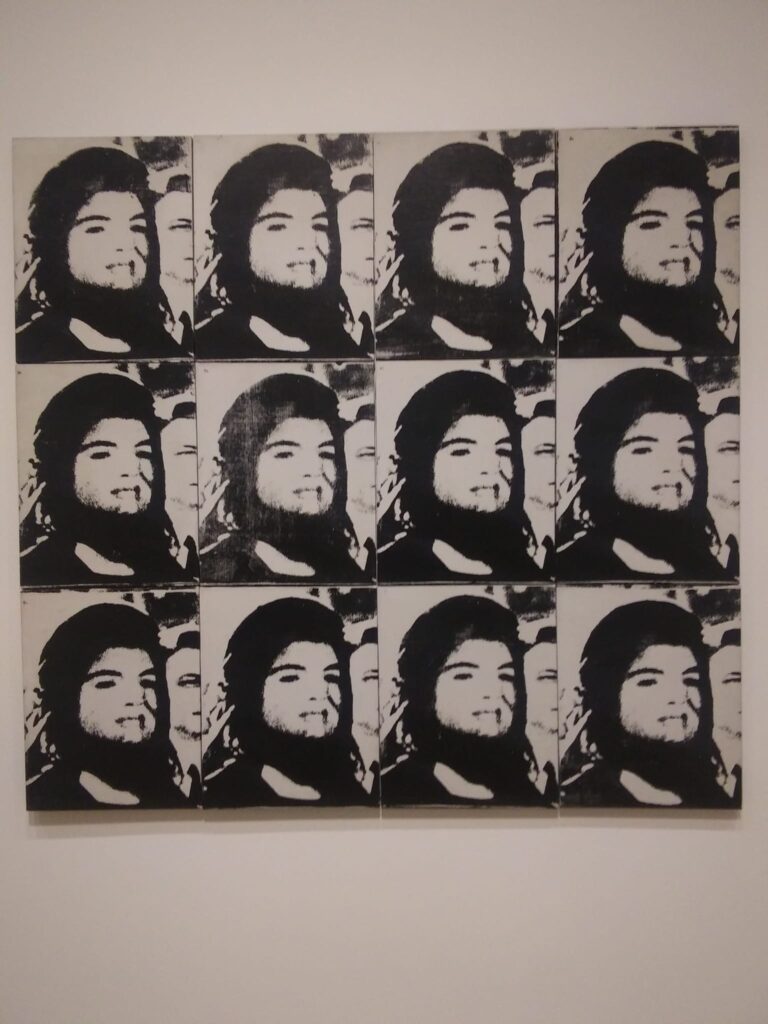
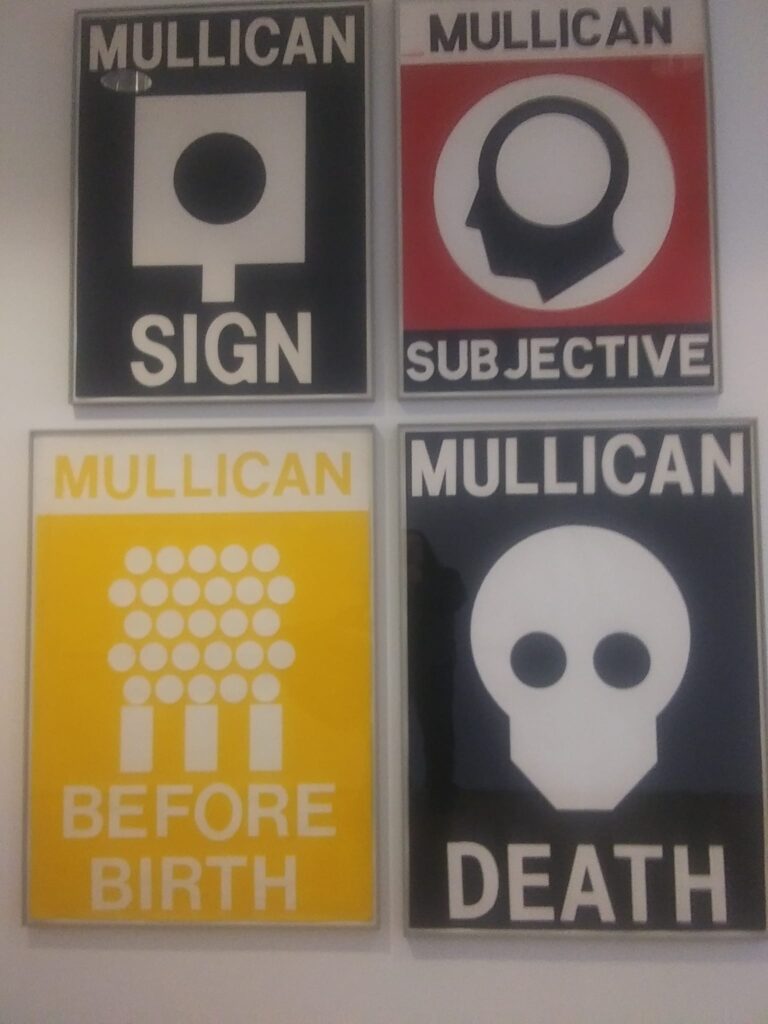

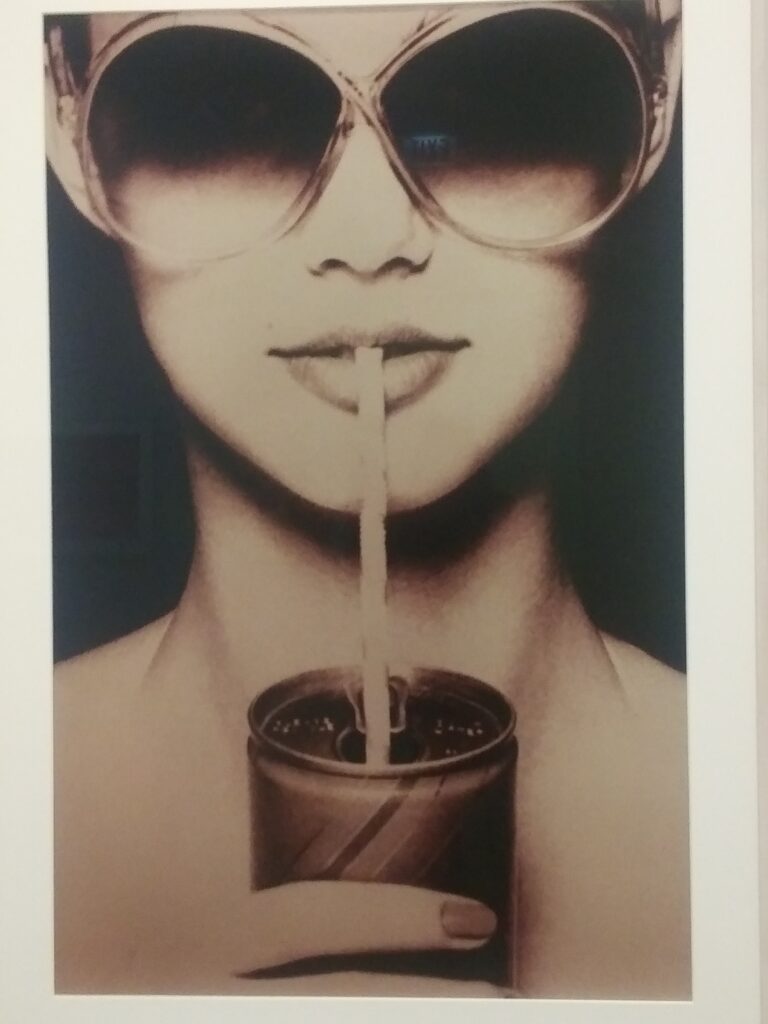
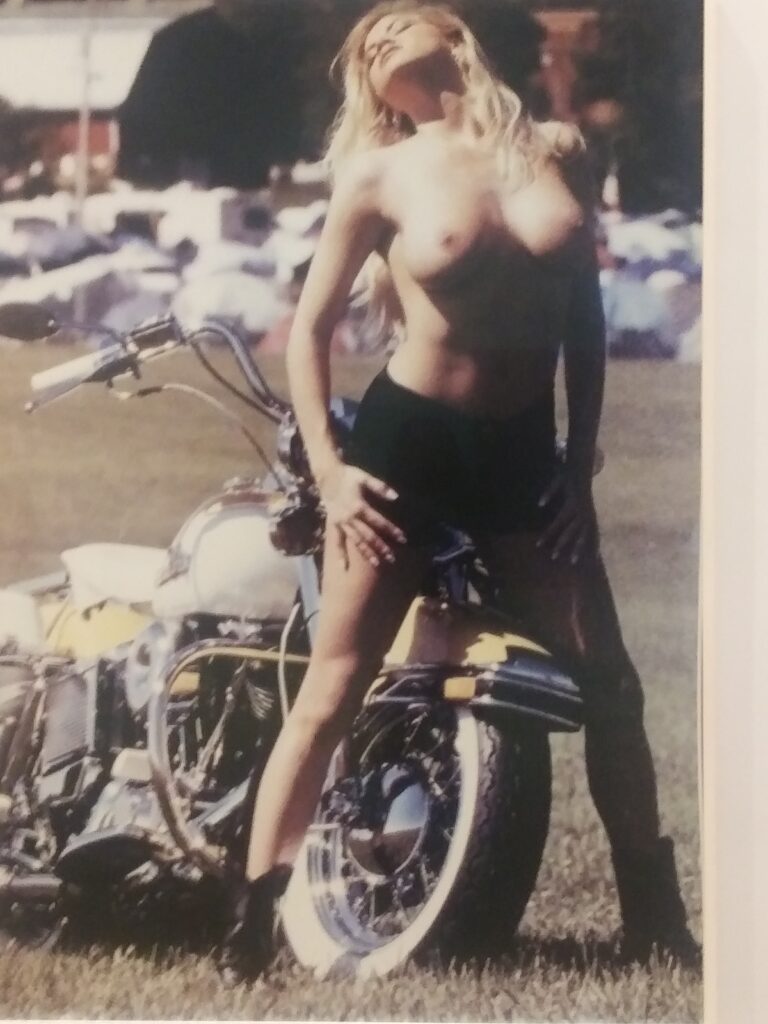
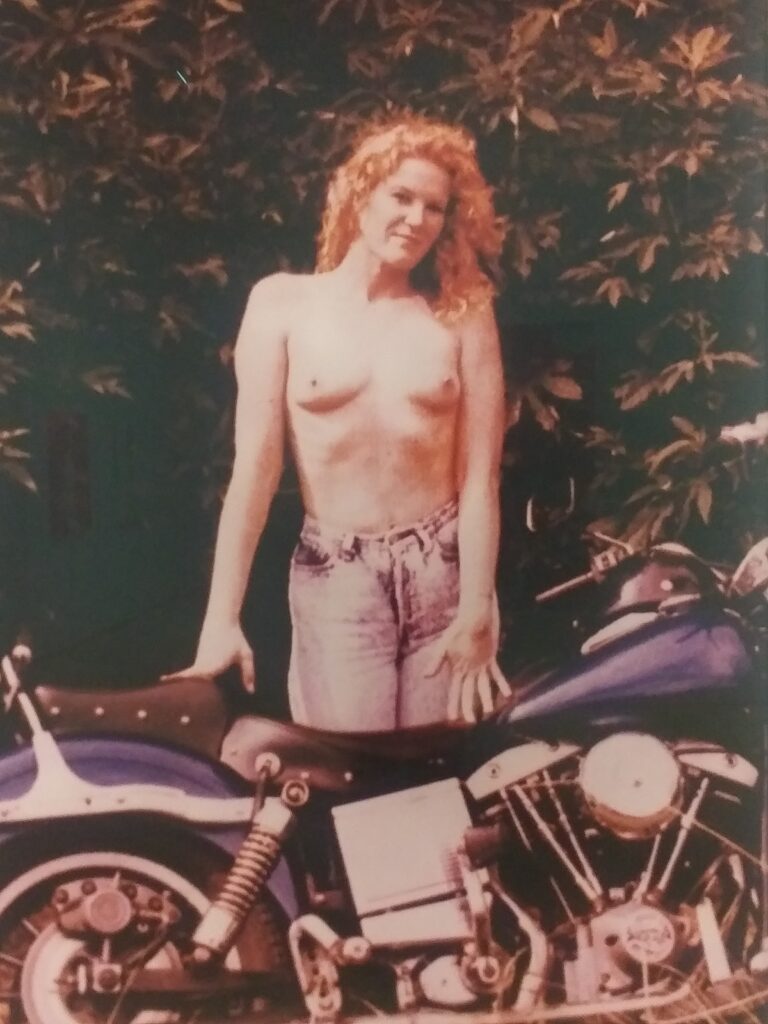
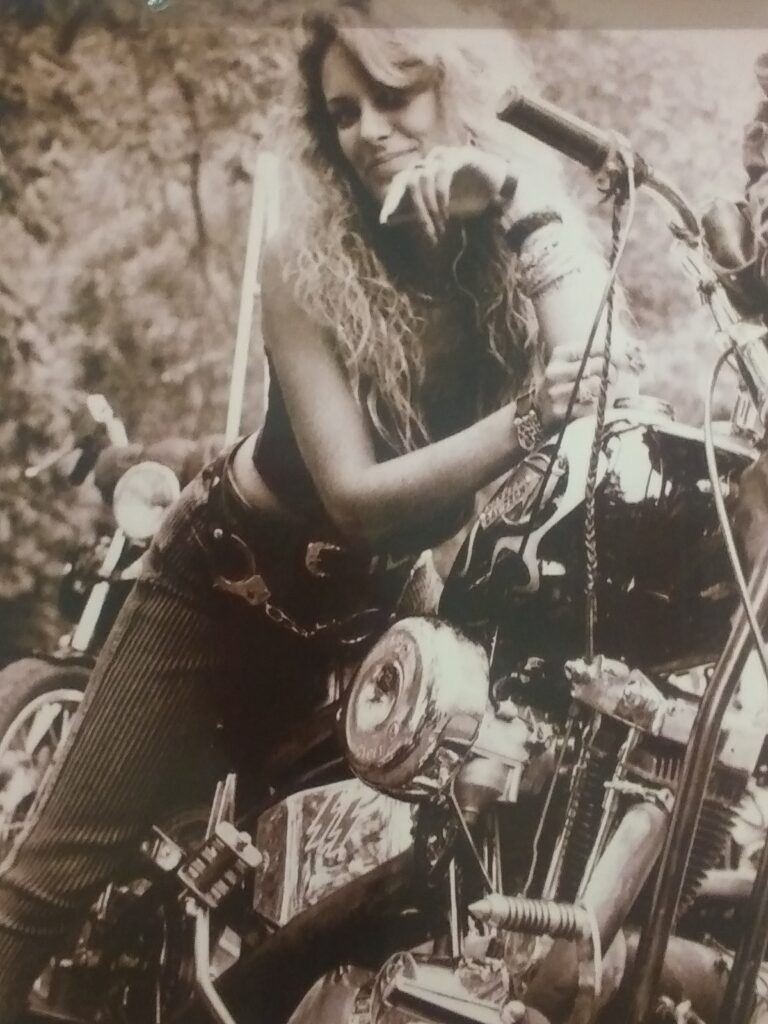
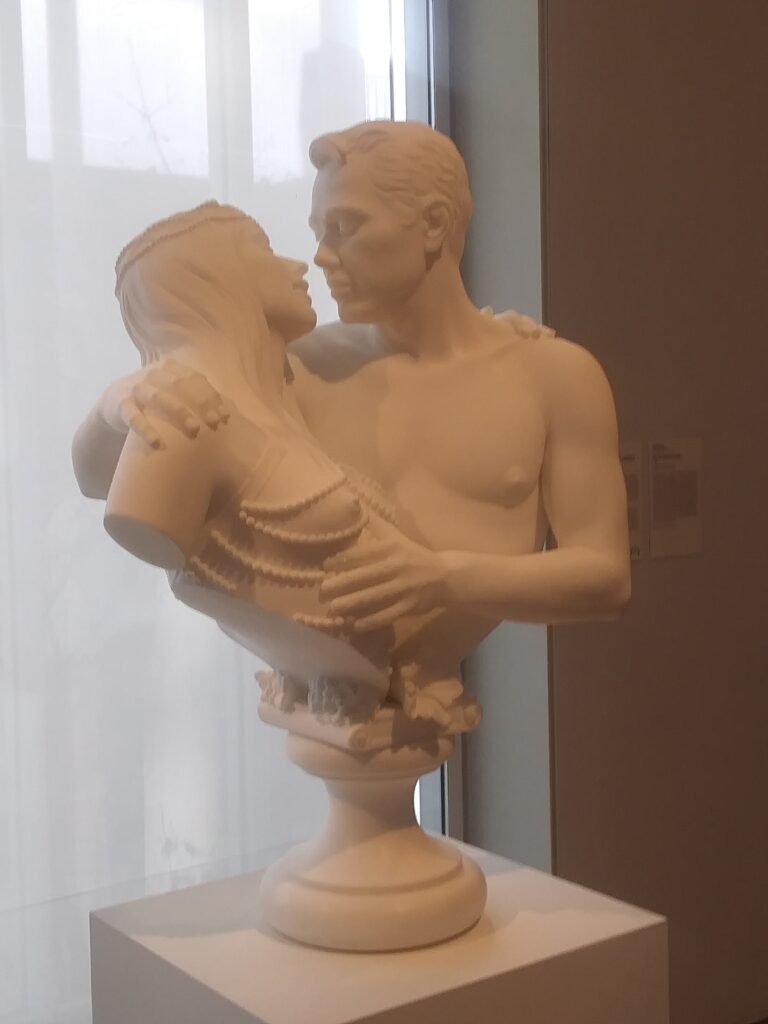
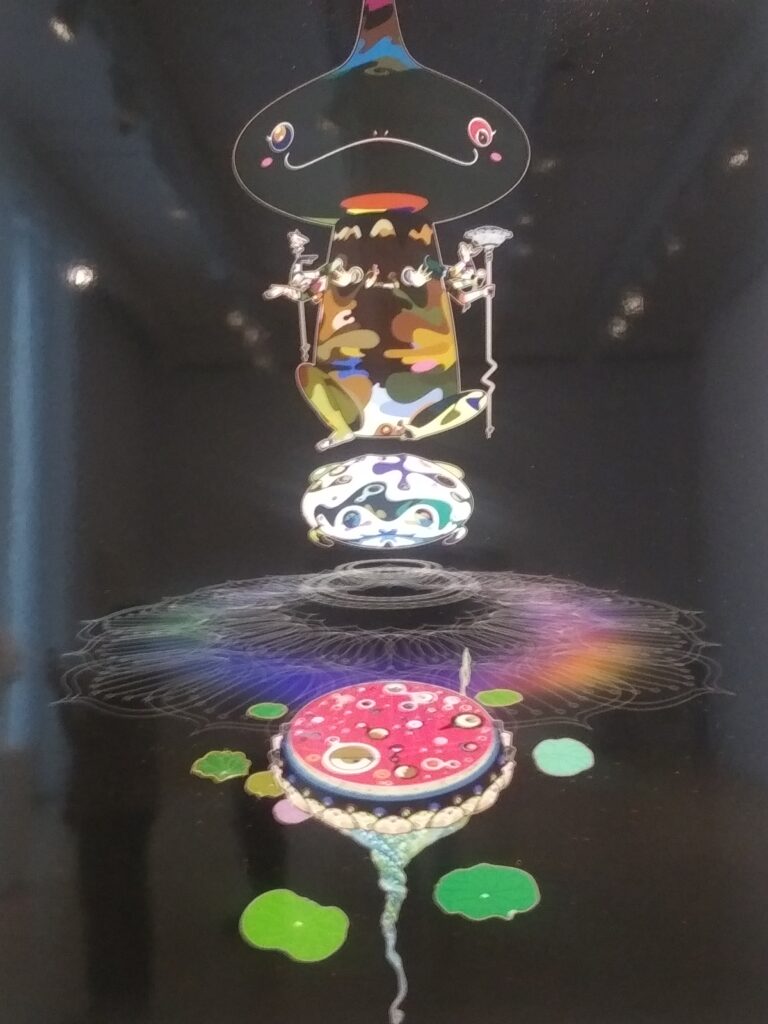
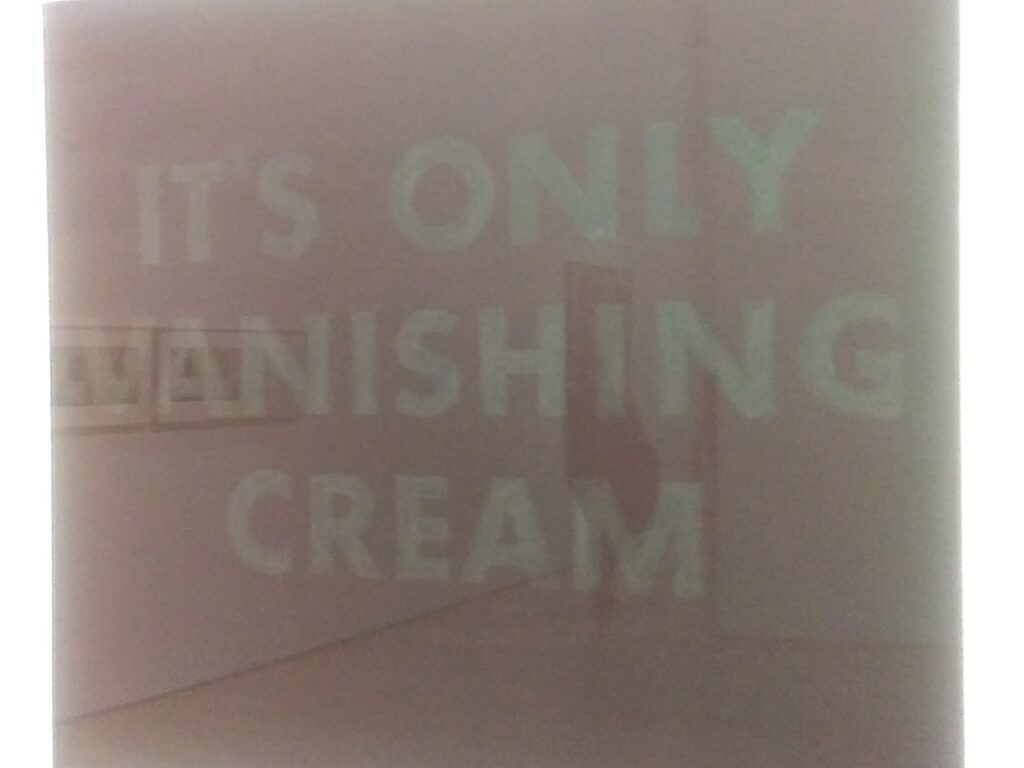
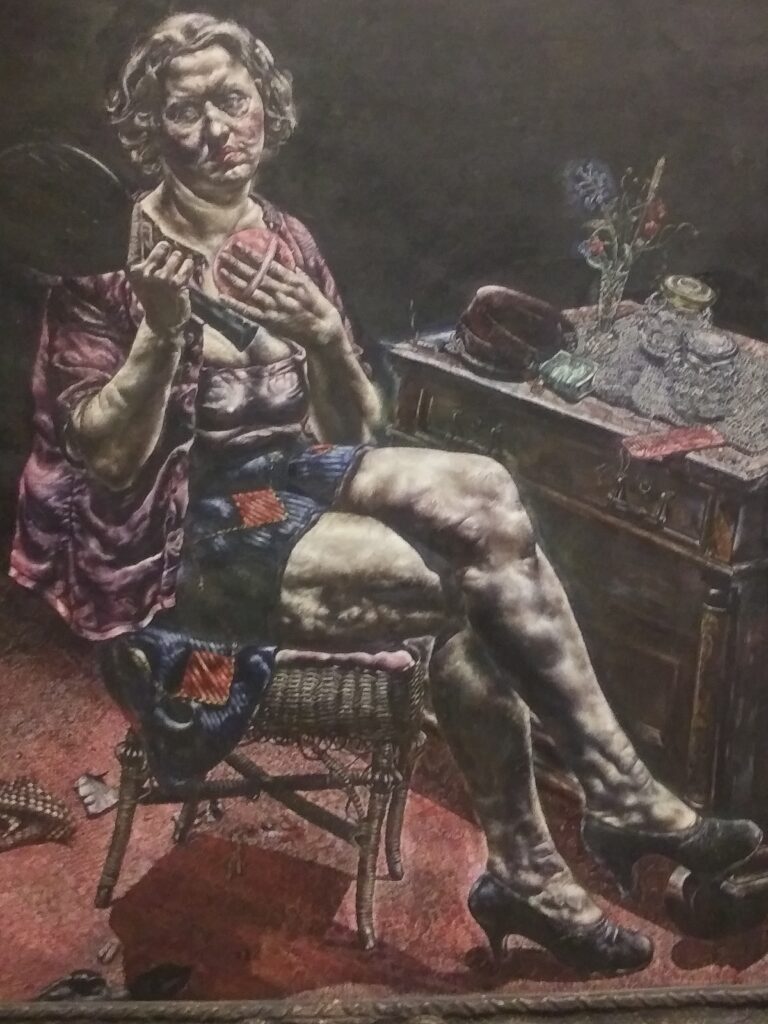

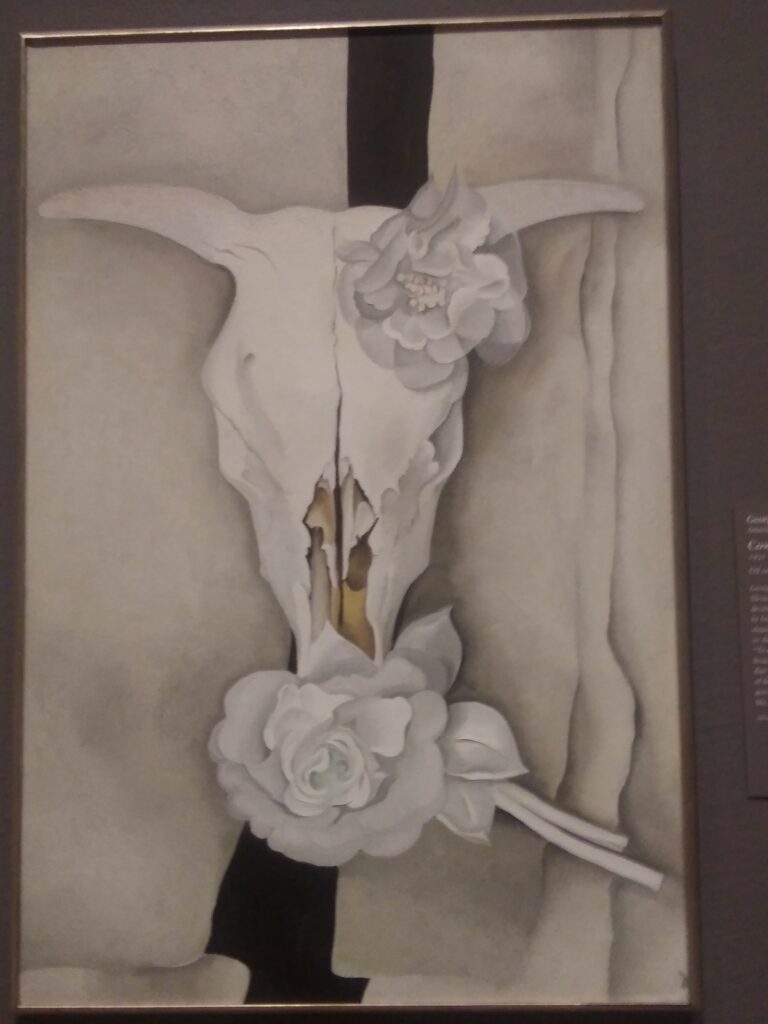
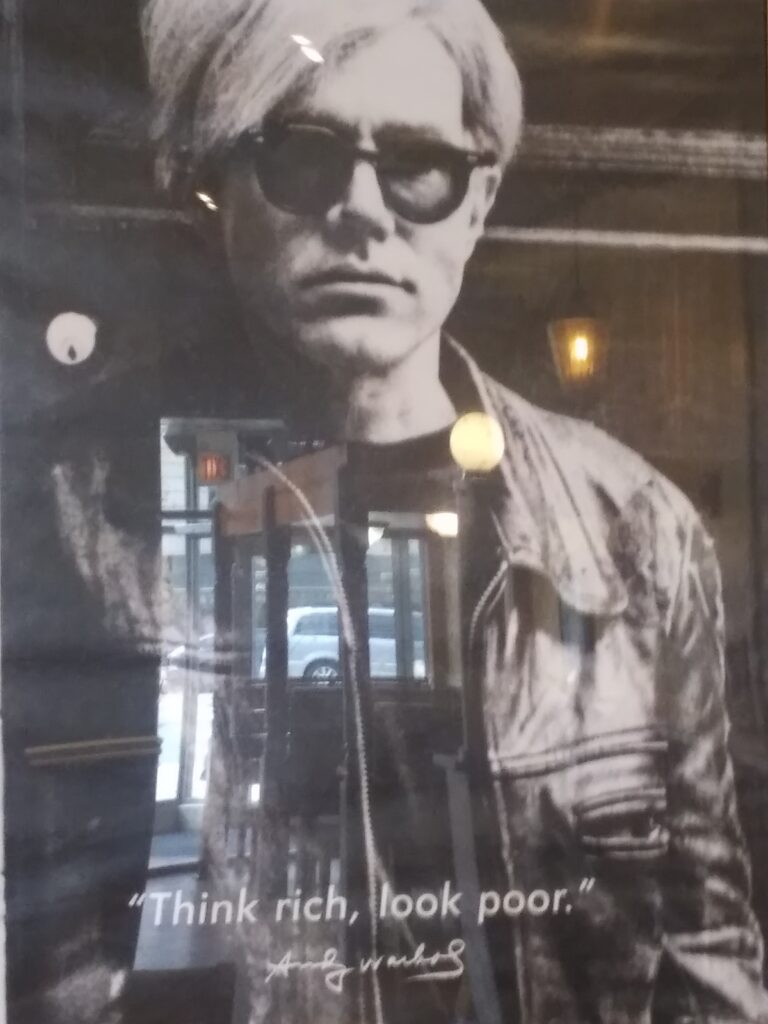
We finished up after a few hour that flew by and needed to sit down and Ashley was hungry and I thought I’d join her and have a drink. She took me to a place where I will start to take all of my out of town friends. Exchequer Restaurant & Pub 226 S Wabash Ave, Chicago,

In the early to mid 1900s, this restaurant was not yet named Exchequer. Instead, it was called the 226 Club. This is widely known as one of Al Capone’s favorite hangouts during his reign over Chicago’s streets. It was well equipped for illegal operations, with 2 hidden tunnels that could be used to escape if things went south. Between the illegal booze, the brothel set up in the back, and the rival gangs prowling the street, it was probably wise for Capone to prepare for the worst.
We had a great waiter named Niko who is from Greece and he noticed I was checking out teh décor and offered to get a photo of me with a Tommy Gun and hat.



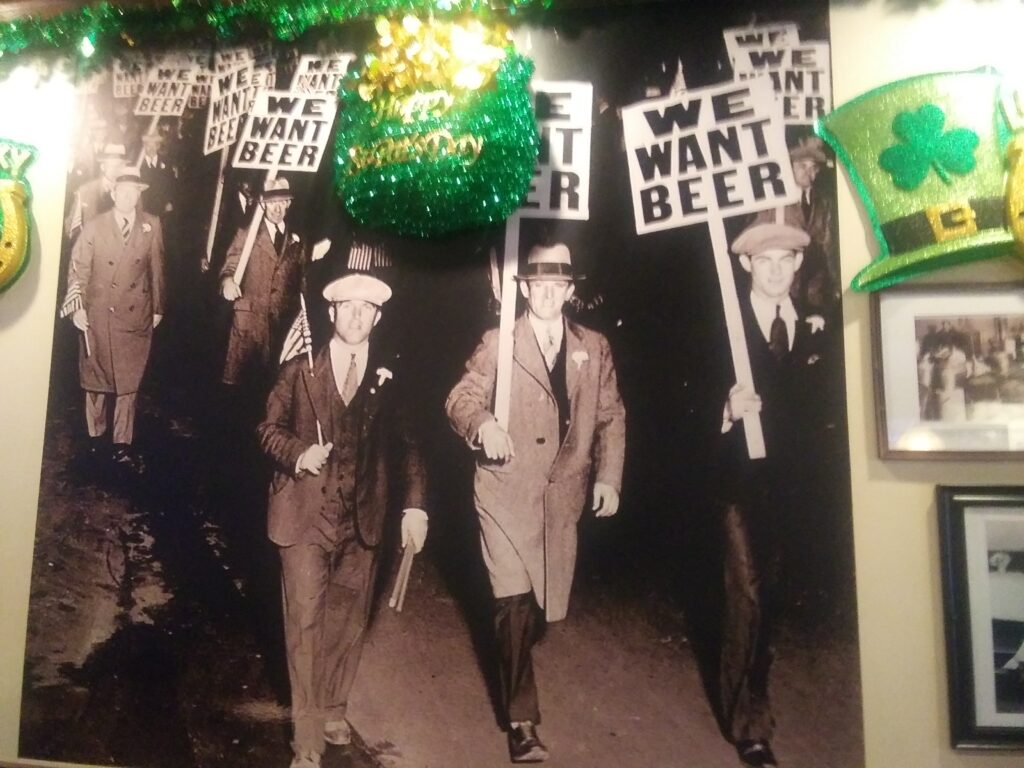
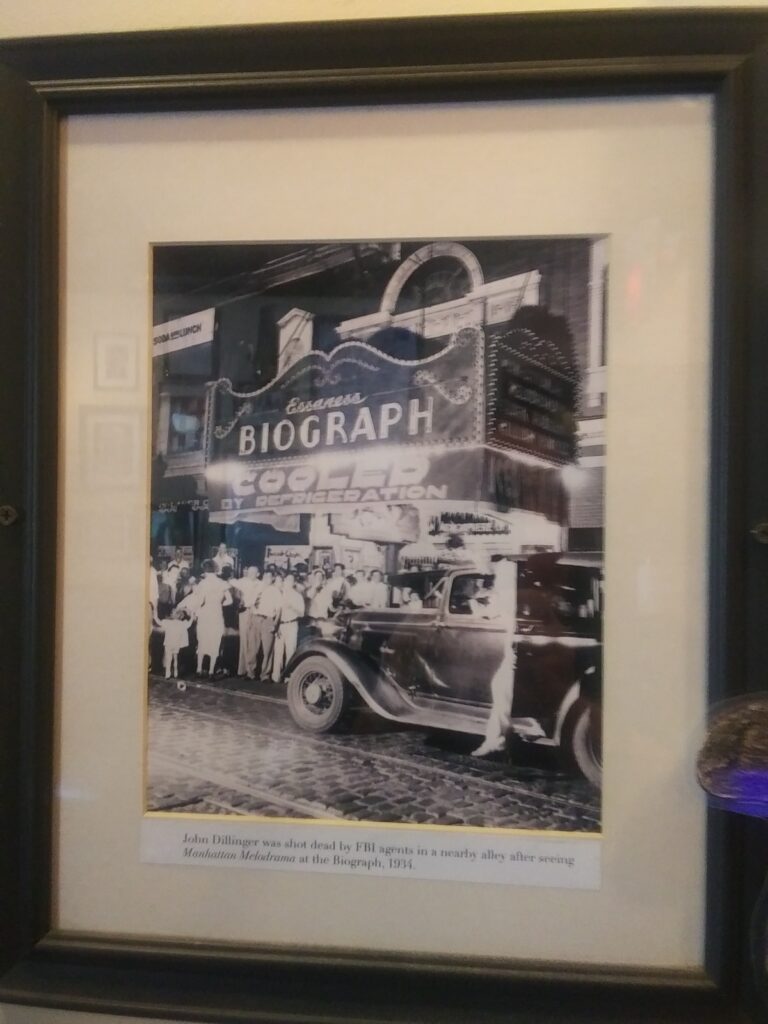
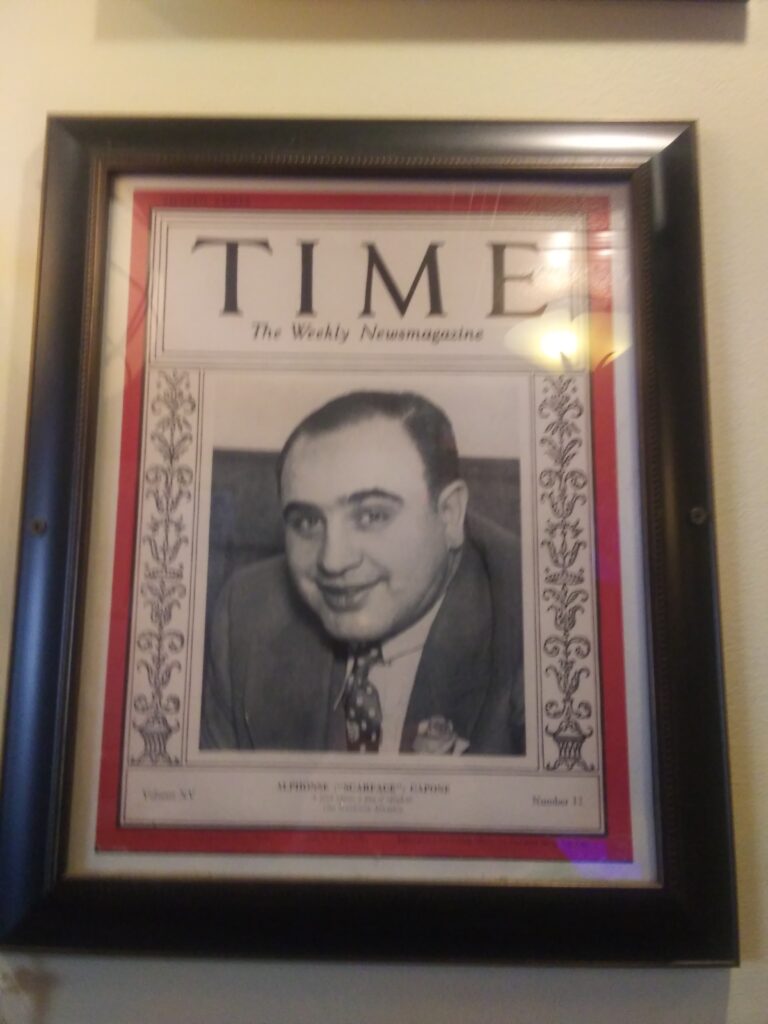
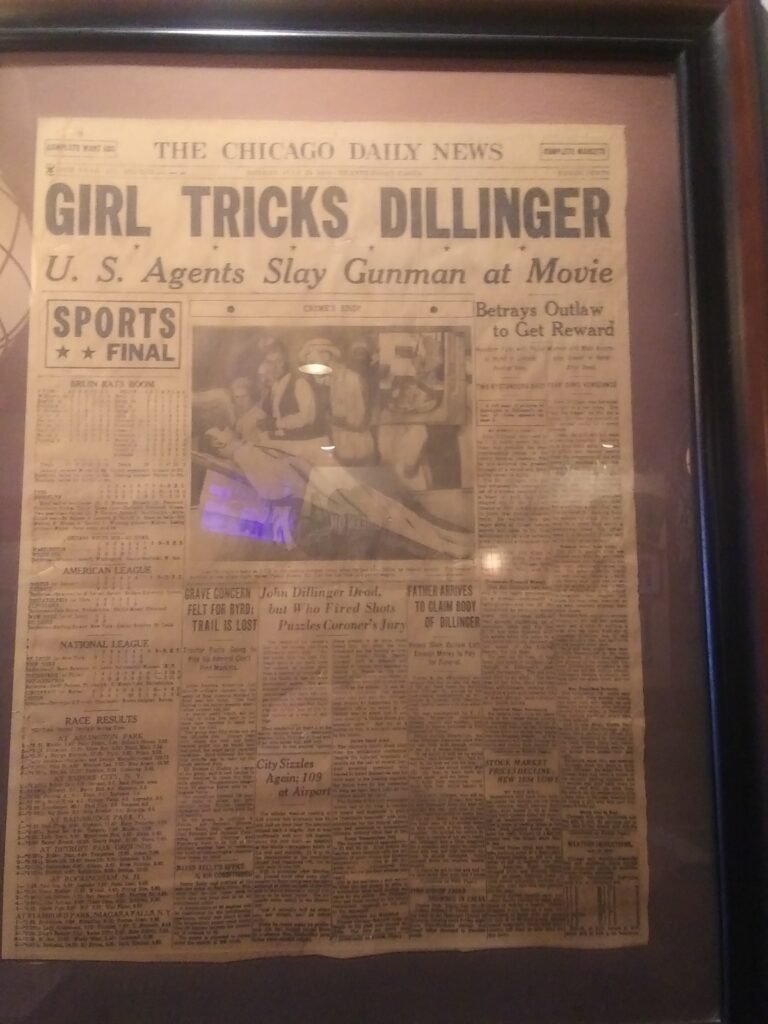
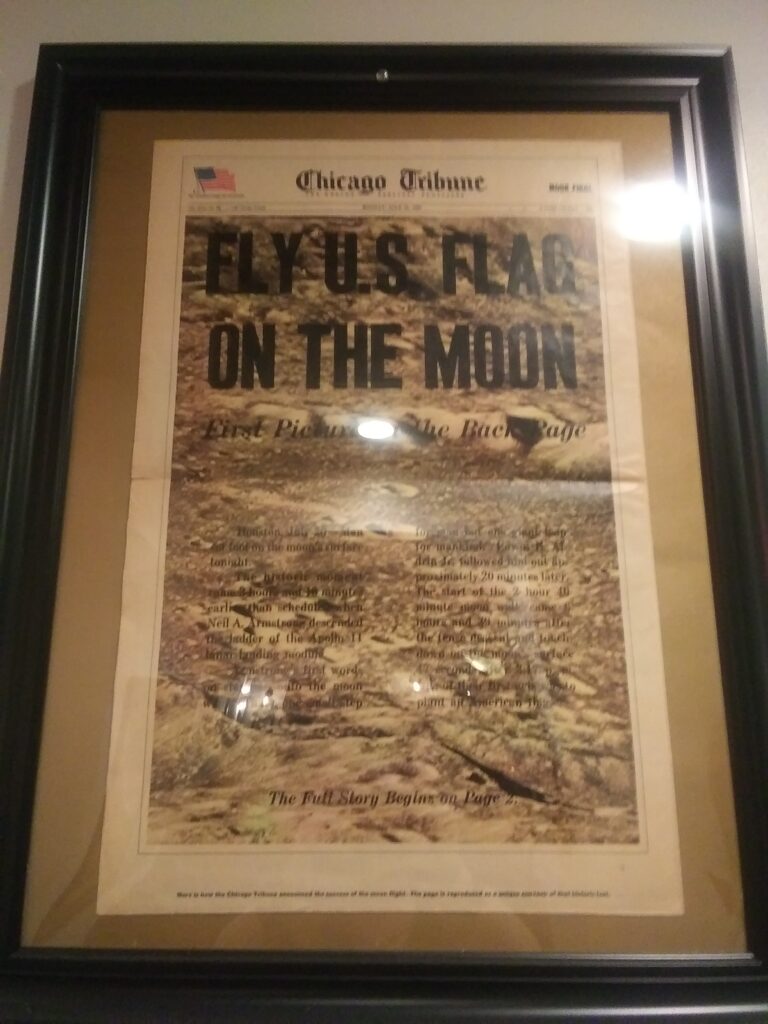

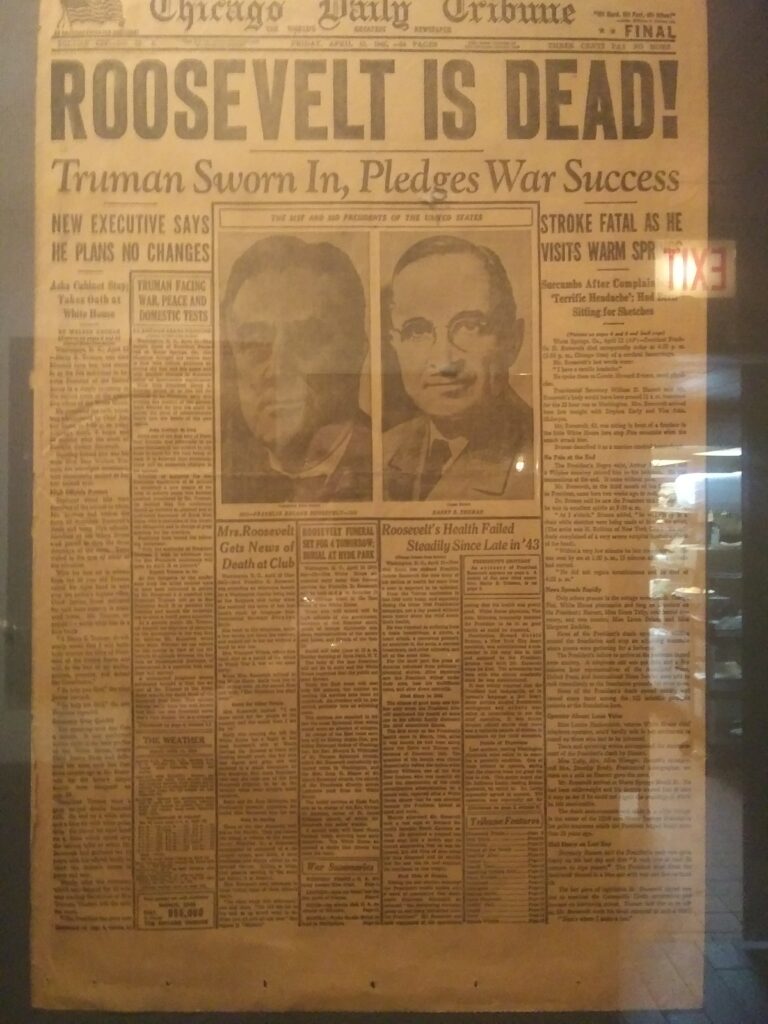
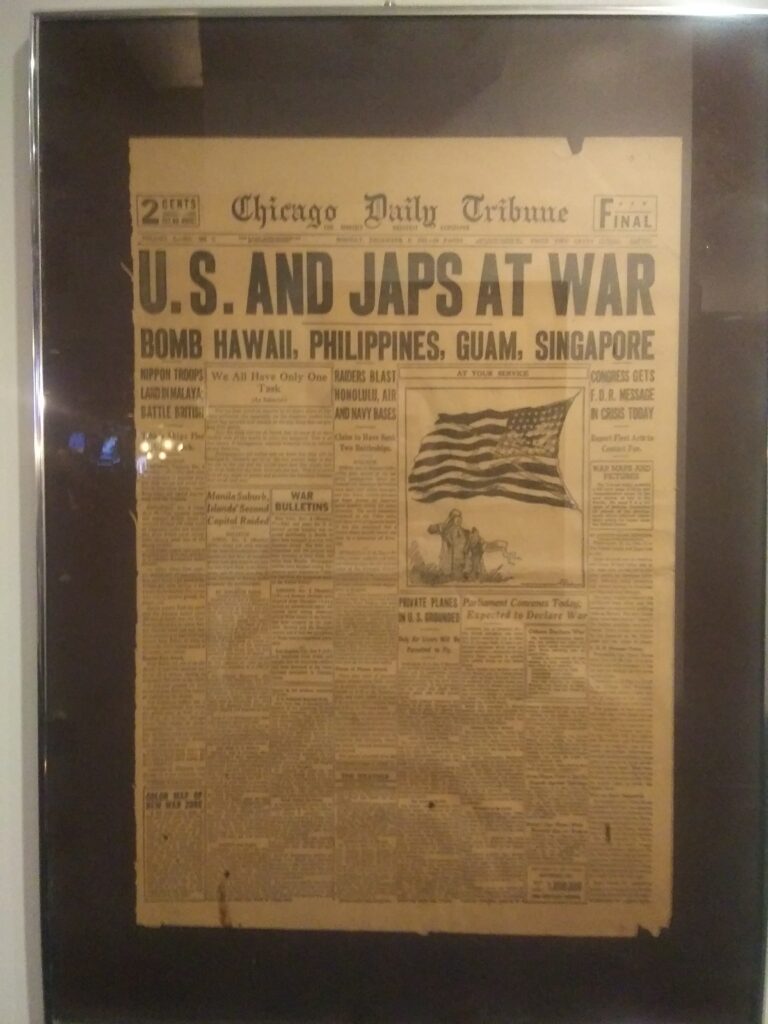




Ashley ate all of this herself. A personal deep dish pizza, ribs and fried. All the Asian girls I know can eat all they crave and never gain a pound.
